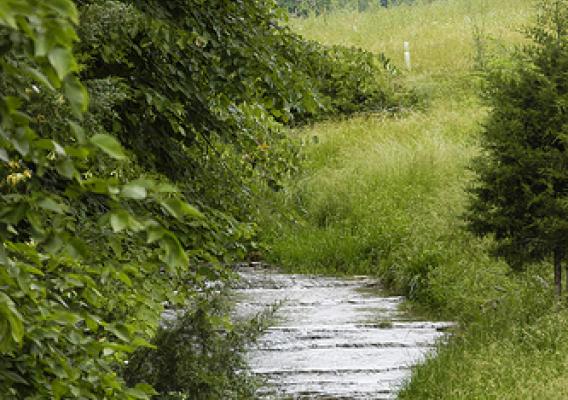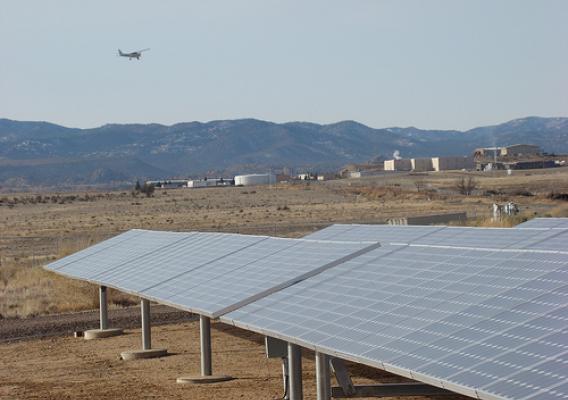America’s farmers are among our first and finest conservationists. At USDA, we support their work to protect natural landscapes, improve water and air quality, and preserve wildlife habitat, forests and soil.
In addition to environmental benefits, this work helps drive economic growth and creates good, middle class jobs – particularly in rural communities. Farmers who help the environment improve their bottom line. Fishing, hunting, hiking, boating and other outdoor recreation adds $730 billion to our nation’s economy each year and supports millions of jobs.
That is why President Barack Obama launched his America’s Great Outdoors initiative to help re-connect Americans with the outdoors and create local partnerships focused on the long-term health of our nation’s landscapes. In the past months, as part of that effort, USDA took steps to work with landowners, farmers and ranchers conserving these lands while promoting outdoor recreation opportunities that create jobs and drive economic growth.






